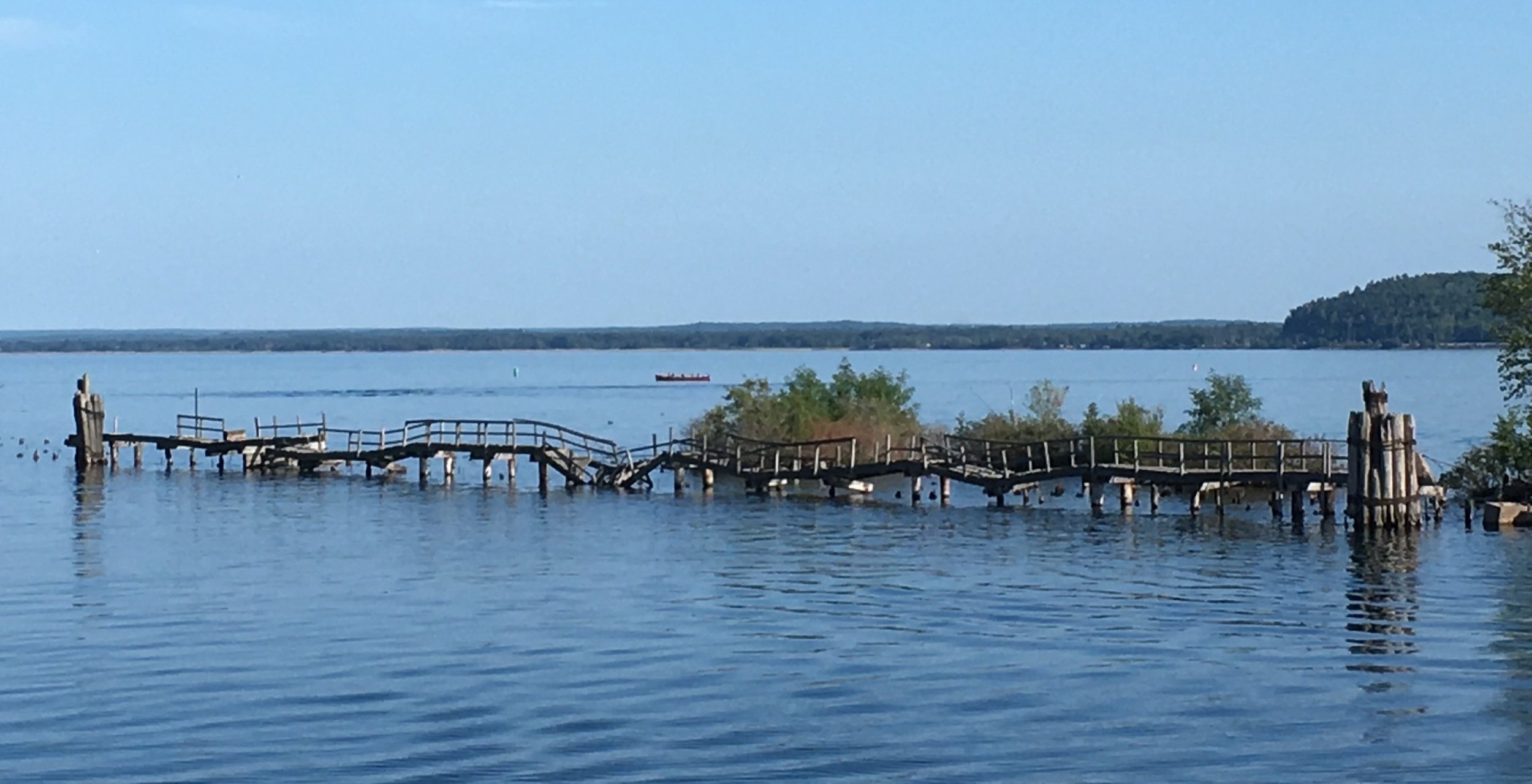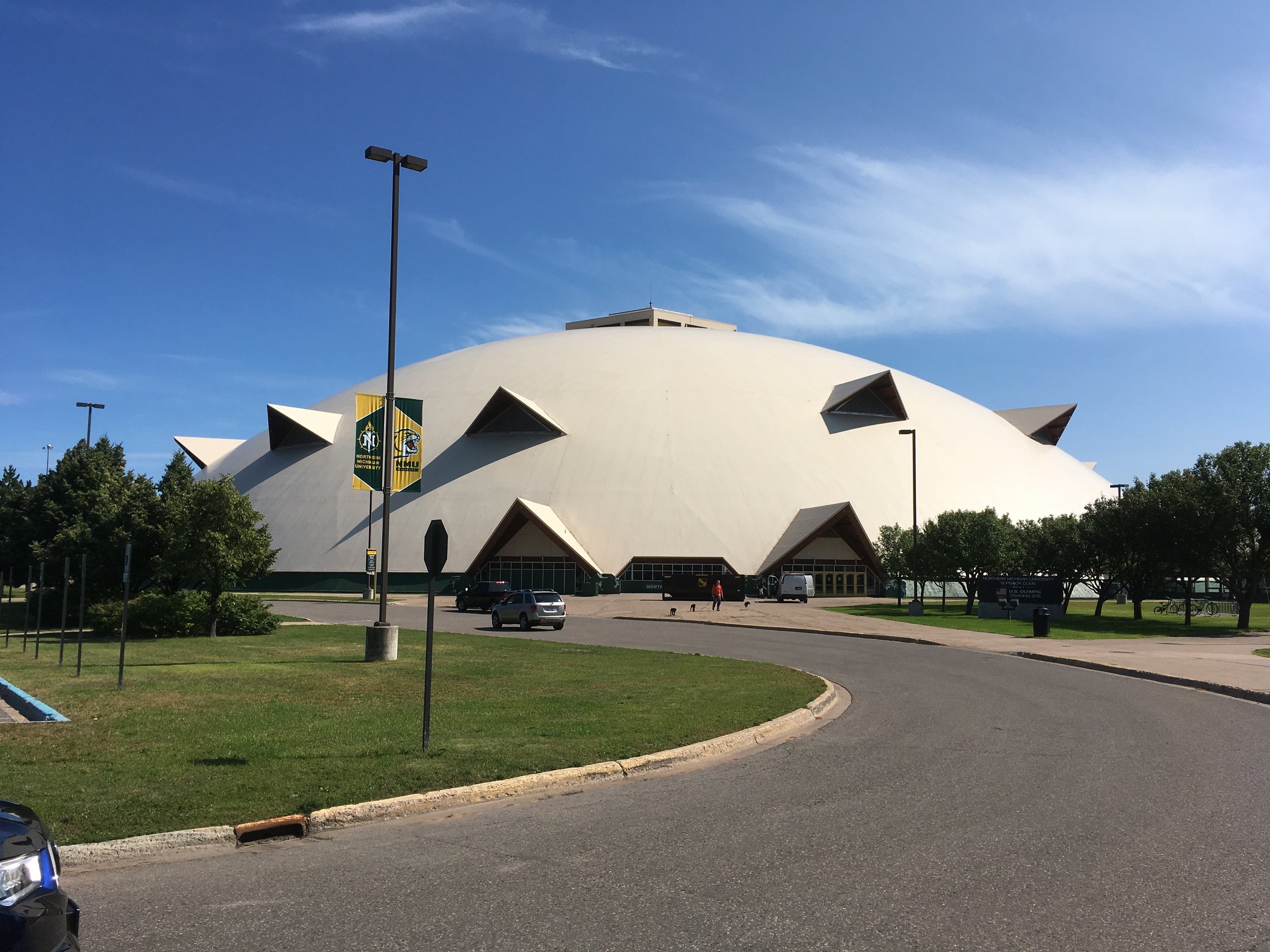
“Though the problems of the world are increasingly complex, the solutions remain embarrassingly simple.”
-Bill Mollison, Founder of Permaculture
Philosophy
We were born to create. For most of us, it is enough to create a space for ourselves within the structure society has provided. We create our families. We improve our homes. We build our careers. C'est la vie.
There are a few who want more. We have an energy that overflows society's structure. We want a blank slate. A place with vast possibility. Enormous challenge. Incredible potential to improve life on our planet.
The opportunity to create one's own world has generally been reserved for the rich and powerful. Some of us are less than thrilled with the world they have made, and would like freedom, or at least a buffer, from it. We would choose to sacrifice convenience because we have an inkling of its true cost.
We want the chance to create our own world. Self-sufficient insofar as possible. A world where human connections take on a deep level of purpose and meaning. A world where plants, animals, and the land itself are given the respect and care needed to thrive. An overflowing circle of life that gives more than is taken from it.
Vision
Imagine a curving series of beautiful, dome-shaped greenhouses rising out of the forest floor. Walking through them is a subtropical experience. Water flowing. Birds, butterflies, and the occasional monkey flit through lush vegetation. It is January in the North Woods. Step outside. Skis on. Glide through fresh, sparkling powder. Worlds combined. Not just climatically, but the segmented parts of our lives fused into one thriving existence. We want to be a small community that produces more than it consumes.
Establishing a varied number of income streams is essential to maintaining and improving upon a high degree of self-sufficiency. We have many possible ways of doing this, starting with remote campsites and cabins that offer a lot of privacy. Another focus will be food production. We can offer permaculture and nutrition workshops to our guests, supply local restaurants, or even open up a small place to eat of our own. We could provide unique produce in the off-season by keeping the domes warm and productive during cold weather. There are already enough sugar maple trees to produce maple syrup. Growing products like tea, coffee and spices to cut transportation and middlemen out of the typically segmented process is a possibility.
Visitors may come for an outdoor experience involving hiking, mountain biking, skiing, snowshoeing, or igloo building. Maybe they want to follow a woodworking, writing, or wellness course inside. We can build a floating dome, a sensory deprivation chamber, where one can float on super-salty water in complete silence and darkness. This is a treatment for chronic pain, anxiety, sleeplessness and other problems. It can also improve athletic performance, boost creativity, and increase general levels of happiness.
We will be able to construct almost anything by carefully selecting local trees as the prime material. The forest is already beautiful and abundant. We want to add to it by introducing streams and ponds to the ecosystem, providing habitat for wildlife that isn’t there yet. The passions of the individuals building the community will be given the opportunity to fuel a constellation of small business ideas, many of which haven't even been thought of yet.
Architecture
Homes, cabins and the domes themselves are meant to blend into the forest as much as possible by way of green roofs and earth sheltered walls. This is not only to reflect a desire to be a part our natural systems, but to maximize energy efficiency. The videos below detail one possible configuration for a home, workshop, and adjoining domes.
Part One: Overview
Part Two: Details
Part Three: Walkthrough
Engineering
Designing and building off-grid, passive homes is a challenge, but most of the systems and technologies are already in use with proven track records. Simply a matter of figuring out how to optimize avaible options to meet the design goals. The domes ask for more innovation. Keeping them productive, long lasting and beautiful with minimal energy inputs is our true test.
Part One: Water
Part Two: Energy
Part Three: Construction
Location
We discovered 80 acres (32 hectares) of quietly rugged, forested land brimming with possibility. It has sandy, flat areas that are ideal for building. The trees are a mix of northern hardwood in the upper half, more aspen toward the south, and some white pine and other conifers mixed into the eastern section. Hills rise as much as 90 feet (27meters) with much of the parcel standing above the surrounding landscape.
While the land itself feels remote and isolated, its location couldn't be much better. It borders 640 acres (260 hectares) of public land that can be used for hiking and snowshoeing among many other things. Marquette Mountain, a ski hill that draws people up from Chicago (6 hours to the south) is just down the road.
The city of Marquette is only fifteen minutes away. Marquette is the biggest city in a region the size of the Netherlands, with a whopping 25,000 residents. It is a popular place to live and visit for good reason. There is a vibrant culture defined in large part with a connection to Lake Superior and the surrounding forests, a university, great food and plenty of artists.















